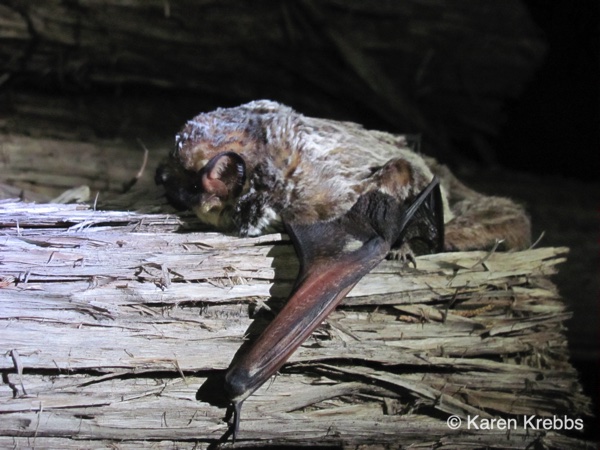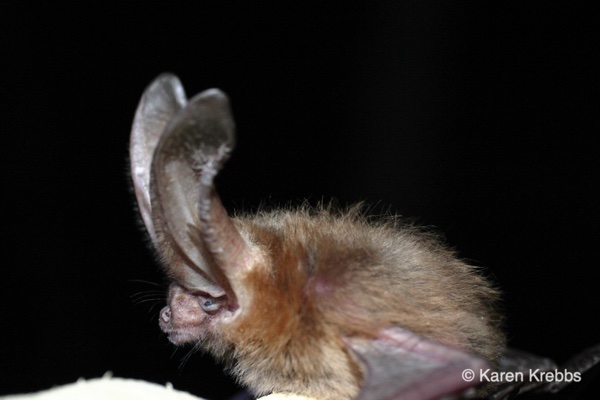Believe It Or Not Facts About Bats
The author of Bat Basics: An Introduction to the Life of Bats in the United States & Canada & Their Many Benefits, Karen Krebbs, shares with us ten facts about these amazing mammals.

- Even though many people believe that a bat is dirty and dangerous, the Chinese word for bat is “fu” which means good luck or good fortune.
- Texas has 32 species of bats, which is the highest number of species than any other state in the U.S. Arizona is second with 28 species.
- The greater mastiff bat roosts in areas that are 30-50 feet above the ground. When they leave the roost they can free fall 16-20 feet before they spread the wings and fly.
- The nectar and fruit eating bat is quite strong: This species can carry fruits that weigh one-half to two-thirds their body weight.
- The male bat is a charmer: They flap their wings, flash fluffs of white hair, raise head crests, and even sing to attract females!

- The twenty million Mexican free-tailed bats at Bracken Cave in Texas eat more than 200 tons of insects nightly.
- The diet of the lesser long-nosed bat consists of 70-75 percent nectar and a smaller quantity of pollen which provides the much needed protein. The lesser long-nosed bat also ingest urine, which may help in the digestion of pollen protein.
- Male western pipistrelles have sufficient fat reserves to hibernate for 90 days, whereas females have enough reserves for 110 days.
- Bats do have predators, some you probably did not think off: Roadrunners of the southwestern desert have been observed capturing and consuming bats, and small bats have been observed entangled in spider webs.

- Free-tailed bats are the jets of the bat world with long, narrow wings enabling them to fly 60 mph.
About the author: Karen Krebbs worked at the Arizona-Sonora Desert Museum for more than 26 years, and now works on her own as an independent contractor. She has extensive knowledge of birds, mammals, deserts, and animal adaptations and behavior. Karen has carried out research for bats in the United States and Mexico for more than 30 years. She trains biologists on the proper protocol for handling and studying these mammals.
Karen’s passion for bats is contagious! Her animal lectures and presentations are exciting and fun! Karen has a B. Sc. Degree in Wildlife and Fisheries Science from the University of Arizona. Karen’s latest books include Desert Life: A Guide to the Southwest’s Iconic Animals and Plants & How They Survive; Desert Life of the Southwest Activity Book; and Explore Tucson Outdoors.
If you enjoyed this post, sign up for our newsletter now!


